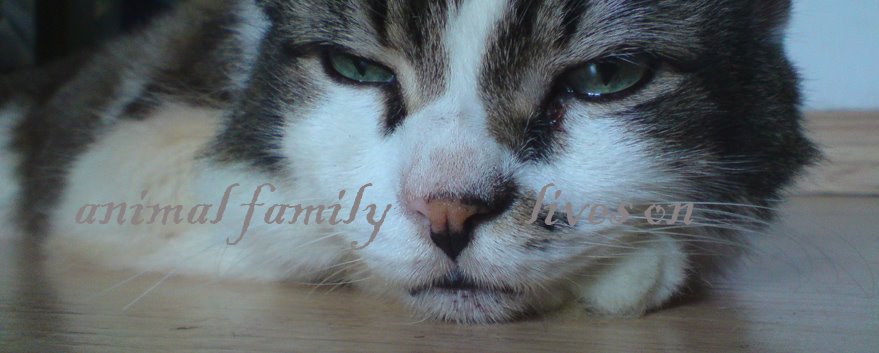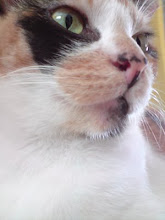Can we make a cat auntie's dream come true?





Since 2004, there has been a year on year drop in the number of cats surrendered and impounded.

Long overdue, these caregivers are starting to receive well-deserved recognition in recent years.

So, what do these community cat caregivers want? They want more eligible homes for community cats. And they want to know that their cats are safe from being indiscriminately caught and culled.

While stray cat population figures show that sterilisation is effective, what it doesn’t do is reduce the number of cat nuisance complaints, which is constantly cited as one of the reasons for resisting cat-friendly policies.

On the ground, there are many parties and their differing concerns to balance when trying to achieve an amicable level of human-animal co-existence. A lot of the resistance to the reinstating of the Stray Cat Rehab Scheme is from the town councils who are skeptical about how the scheme benefits them and also the additional workload that comes with administering the scheme.
(AVA confirmed that if they were to bring the scheme back, it would be in a decentralised form and only with the consent of the town councils.)
It reinforces the point that helping town councils reduce instances of human-cat conflicts is paramount in winning them over. And that is a task that CWS will take up this year. It is making plans to engage HDB, MPs and TCs and call for like-minded people in this community to come forward with inputs and support towards this campaign.

In contrast to the stray cat, stray dogs remain far less tolerated on our streets. The govt still does not recognise the same trap and neuter programme for our canine friends. Yet the pet dog trade trumps the cat anyday.
Singapore being a free market, the govt does not interfere with the market supply of pets from breeders or in pet shops. Many advocates argued that more must be done to curb the supply, especially in the face of a growing number of abandoned pets in Singapore, many more dogs and an alarming number of pedigrees.
This would be music to our ears certainly but as unlikely as it is that the govt will restrict the trade in pet animals, they must at least answer for how well these animal traders are being policed. It became clear that AVA relies on whistleblowing to keep these traders in check.
As the day progressed, several areas of overlap surfaced that animal welfare groups could potentially collaborate on:
1) Allowing more categories of pets to be kept in flats like cats and medium-sized dogs.
2) Regulating the loaning of traps to the public for errant cats and monkeys.
3) Policing of unscrupulous breeding and trading of animals.
To their credit, AVA indicated a willingness to continue the dialogue beyond the symposium on many of the issues raised. One person from the floor said it best. She asked AVA to tell us how we, the animal welfare community, can help them make some of these long-awaited changes a reality. And this is an opportunity that AVA cannot quite afford to pass up.
Students made up a large percentage of the audience at the symposium, many recipients of the animal protectors grant with an impressive showing at the event. These student leaders and activists with a passion for animal welfare are likely to become our next generation of veterinarians and advocates. If AVA wants these future leaders in their fold and not on the opposite side of the table, this is the time to engage them.
And what these students want is the confidence that the govt and its policies can change. More than that, what they want is to be part of the movement that leads and that inspires the conscience of this country for animal welfare and for conservation, not trail behind it. You can just see it in their eyes.




